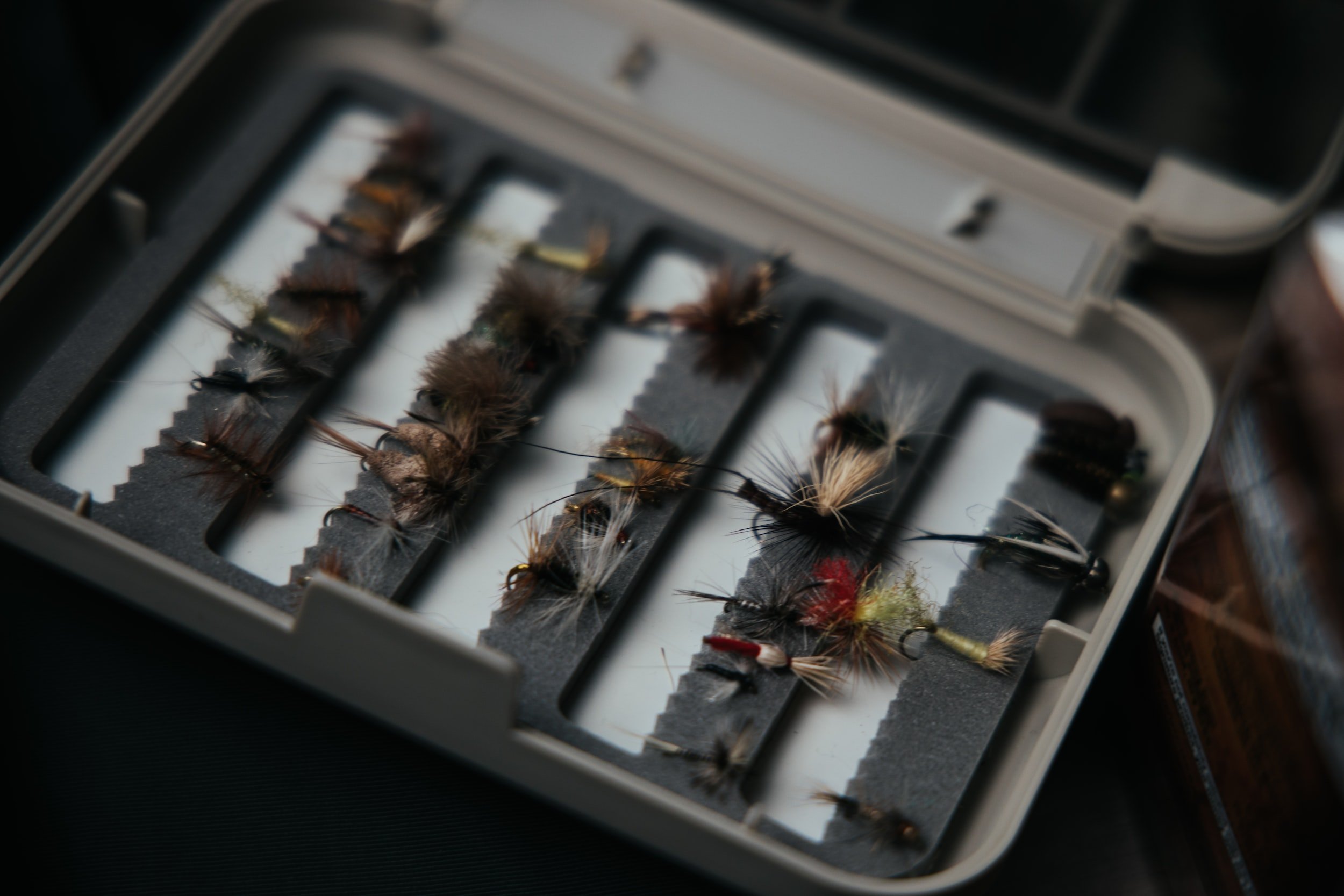
Purchase License
YOU CAN PURCHASE YOUR WYOMING FISHING LICENSE ONLINE
CLICK HERE TO BEGIN THE PROCESS
If your license is for more than 5 days, you will also need to purchase a Conservation Stamp
YOU CAN ALSO PURCHASE A LICENSE FROM A FLY SHOP BUT THEY DO NOT ACCEPT CREDIT CARDS FOR LICENSE PURCHASES
Purchase Your Yellowstone Fishing Permit Here
Yellowstone Fishing Regulations - Read Full Regulations HERE
Fishing regulations in Yellowstone National Park are structured to strongly support native fish conservation goals. Cutthroat trout are the sole, native trout of the park and were the dominant fish species here prior to Euroamerican settlement. Cutthroat trout, Arctic grayling, mountain whitefish, and other native fishes are important to the ecology of Yellowstone.
Felt-soled Footgear Prohibited
To reduce the potential for introduction or spread of aquatic invasive species, footgear with absorbent felt or other fibrous material on the soles are prohibited while fishing in Yellowstone.
Tackle, Lure, and Hook Restrictions
Each angler may use only one rod which must be attended at all times and used for angling only—intentional snagging of fish is not allowed.
Only lead-free artificial lures (e.g. spoon or spinner) or flies may be used. Leaded fishing tackle such as leaded split-shot sinkers, weighted jigs (lead molded to a hook), and soft lead-weighted ribbon for nymph fishing are not allowed.
Hooks must have points that are barbless, or the barbs must be pinched down by pliers. Lures may have only one hook with a single, double, or treble configuration. A single pointed hook is the best choice for fishing in Yellowstone. Treble hooks (3 points) can severely injure fish and are often constructed with toxic lead solder.
Each fly may have only one hook. Up to two flies may be used on a single leader (commonly referred to as “dropper,” “dry and dropper,” or “hopper and dropper”).
Except for feathers and other typical fly-tying materials, the hook must be bare. No organic or inorganic baits are allowed. Organic baits include fish or fish parts, minnows, salmon eggs, worms, insects, or foodstuffs such as bread and corn. Inorganic baits include rubber worms and plastic “twister” tails.
Scented attractants (liquid and solid baits) are illegal. Putting any substance in the water for the purpose of attracting fish (chumming) is illegal.

